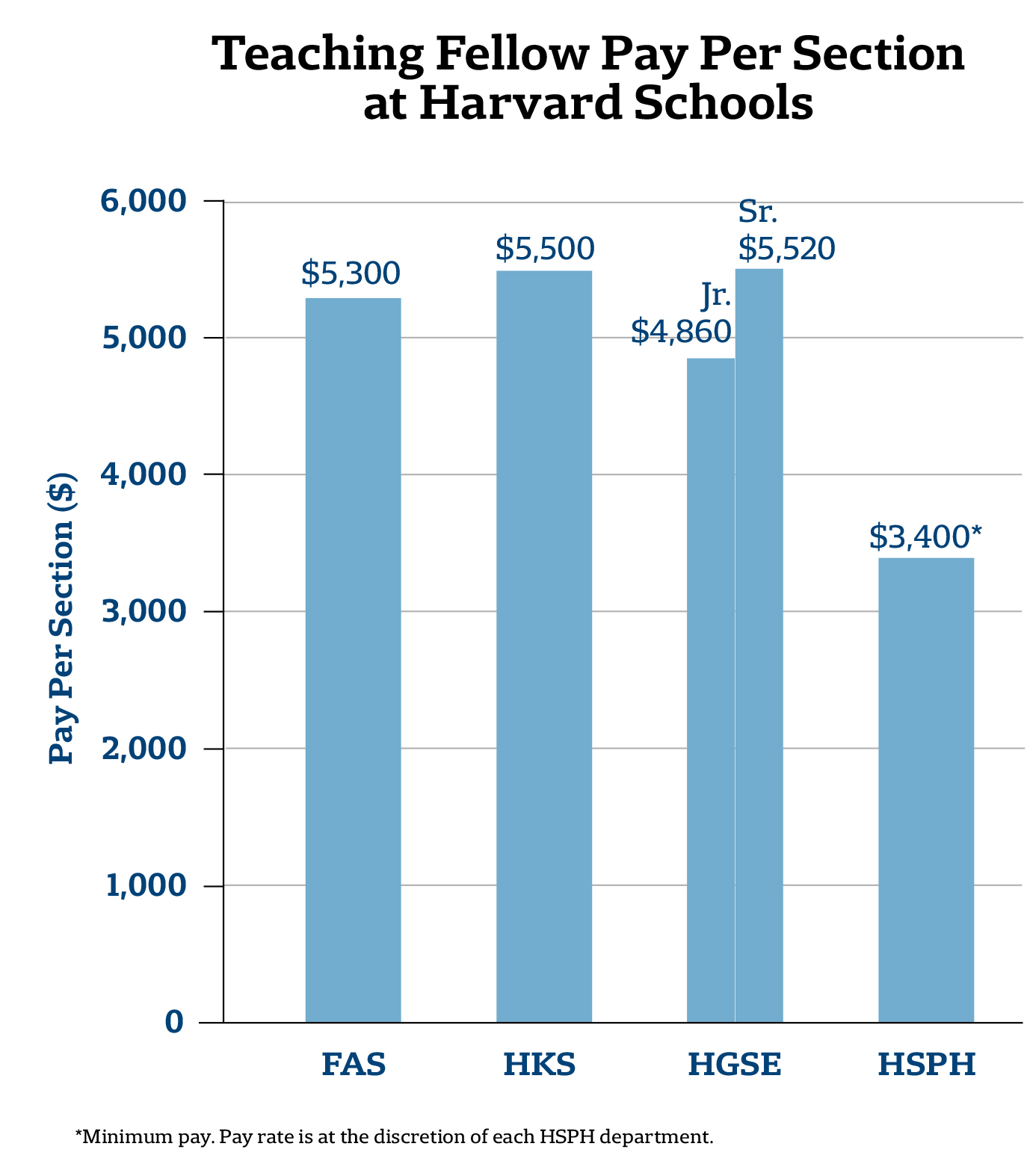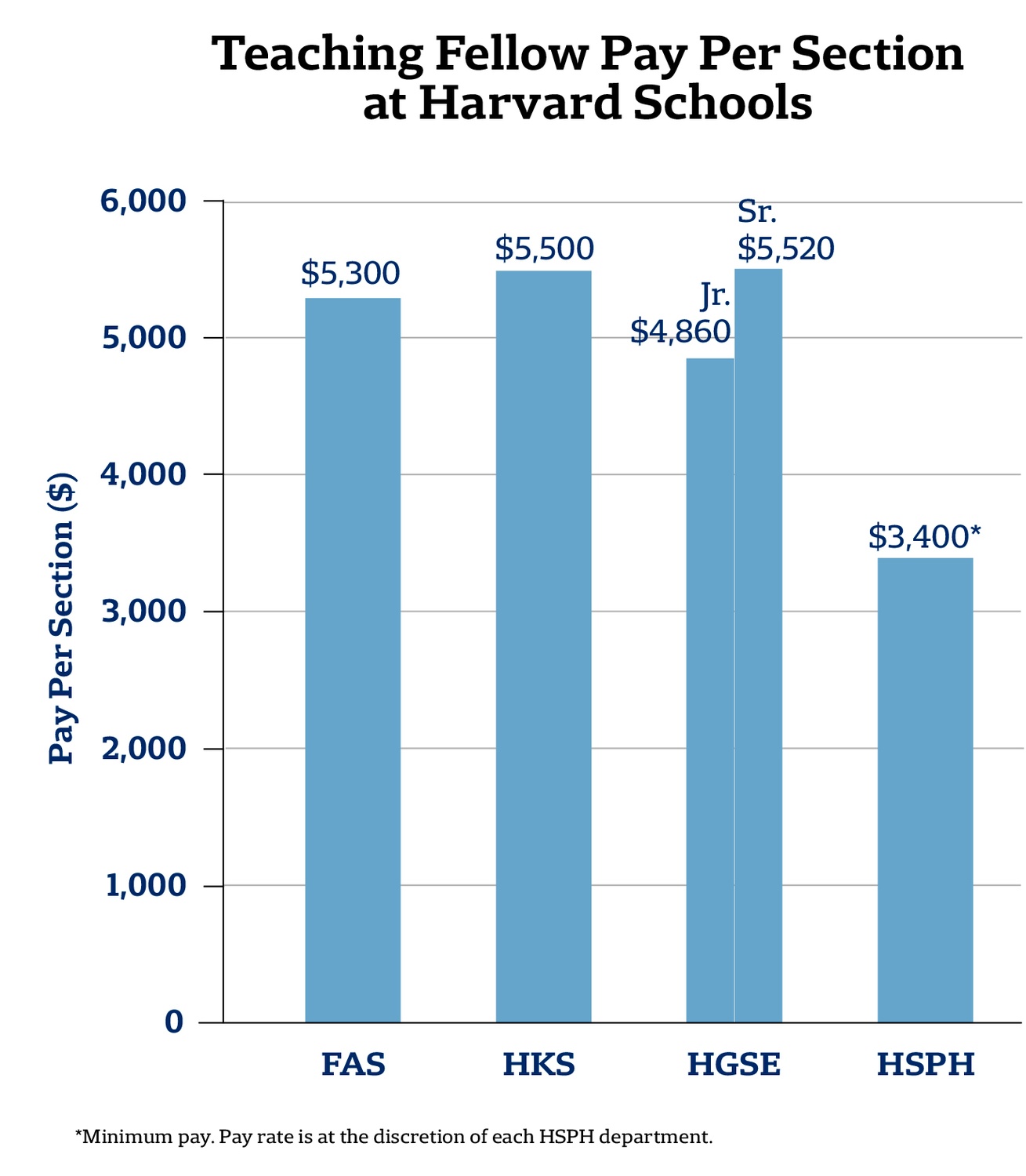
News
Summers Will Not Finish Semester of Teaching as Harvard Investigates Epstein Ties

News
Harvard College Students Report Favoring Divestment from Israel in HUA Survey

News
‘He Should Resign’: Harvard Undergrads Take Hard Line Against Summers Over Epstein Scandal

News
Harvard To Launch New Investigation Into Epstein’s Ties to Summers, Other University Affiliates

News
Harvard Students To Vote on Divestment From Israel in Inaugural HUA Election Survey
Students Raise Concerns About Supplement Disparities Across Graduate Schools

Holly M. Dykstra found out about disparities in her funding by comparing paychecks with another teaching fellow. Joseph M. Reilly read about it in a Crimson article.
The “top-up,” a supplement for Ph.D. students in Faculty of Arts and Sciences departments intended to equalize funding, has been a source of confusion for students like Dykstra and Reilly who are pursuing Ph.D. programs offered between the Graduate School of Arts and Sciences and other Harvard graduate schools.
Ph.D. students in the social sciences and arts and humanities receive stipends during their first two years, before entering “guaranteed teaching” in their third and fourth years. But funding for graduate students in the third and fourth years while teaching can often amount to less than the first and second years. The top-up was introduced in 2005 to bring Ph.D. funding for teaching students back up to the stipend level.
But Ph.D. students in joint programs housed in other University graduate schools—such as the Kennedy School of Government, the Graduate School of Education, the Divinity School, the School of Public Health, and the School of Design—do not receive this supplemental benefit, despite having a similar guaranteed teaching requirement.
“I feel like there is a lack of transparency about teaching rates and how these sort of interdepartmental arrangements work,” Kennedy School Ph.D. student Lisa Xu said.
For Dykstra, who is also a Ph.D. student in Public Policy at the Kennedy School, the disparity became quickly apparent this fall. As a teaching fellow for a College economics course, Dykstra works with five TFs who are Ph.D. students in FAS departments.
In FAS, students teaching a standard "two-fifths"—meaning two sections for the same course—receive $10,600 per semester. Over the course of the full academic year, paychecks from teaching amount to $6,400 less than the stipend given in the first two years. So graduate students in FAS-based departments receive that remainder, now staggered out in monthly payments as part of GSAS’s new improvements, as their top-up supplement.
Dykstra will receive the same $10,600 this semester for her TF position, but her FAS colleagues will get an additional $3,200 top-up. To make up the difference, Dykstra said she tried to teach a third section in her course. But she said she could not handle the workload and was forced to drop the extra section.
“It’s a clear problem,” Dykstra said. “It’s just a clear inequity that doesn’t make any sense.”

The inequity arises because schools with joint Ph.D. programs are expected to financially support their students, according to GSAS Dean for Administration and Finance Allen Aloise.
Although the individual graduate school must cover the cost of tuition and stipends, all Ph.D. students benefit from GSAS programs and offerings, such as the new Writing Center. But it can be difficult for schools to reach the funding standard set by GSAS.
“As degree programs at other schools have tipped toward Ph.D. programs, these schools went from not providing stipend support and guarantees across the board to providing them. They went from not providing health benefits to providing them,” Aloise added. “And it’s a major undertaking and a major financial commitment.”
For teaching done within a graduate school, Aloise said each school decides its own pay rates. At the Kennedy School, students earn $5,500 per section—slightly more than the FAS rate—but it can be challenging to find two sections in the same class. This leaves students doubling their workload by taking on sections in two different classes.
At the GSE, “junior” teaching fellows earn $4,860 per “slot,” and experienced “senior” TFs earn $5,520. Teaching assistants at the School of Public Health earn $3,400 for a five-credit course. The Divinity School’s director of communications, Gordon Hardy, declined to comment on the school’s pay rates.
Reilly, who is a Ph.D. student at the GSE and TFs a course there, said the payment for these benefits should not rest on the individual graduate schools.
“Education, despite its critical importance in our society, isn’t exactly rolling in the dough all the time,” Reilly said. “It’s just kind of a shame for it to be left up to the schools like that instead of through this central school I felt I was affiliated with.”
Members of the graduate student unionization effort, with which Reilly and Xu are both involved, also brought the top-up issue to light during information sessions the group held earlier this semester.
Similarly, the Graduate Student Council met with Aloise and other GSAS administrators several weeks ago to discuss top-up disparities. Dykstra, who attended that meeting as the Council’s at-large representative for the social sciences, said she left feeling “cautiously optimistic.”
Kennedy School spokesperson Melodie Jackson wrote in an email that students and faculty had raised the top-up issue with the School’s Dean, Douglas W. Elmendorf, who spoke with GSAS Dean Xiao-Li Meng about it. Jackson wrote that Elmendorf is “actively exploring ways to address the problem.”
“It’s a process; it takes time,” Aloise said, calling the top-up conversations an “ongoing dialogue.”
Want to keep up with breaking news? Subscribe to our email newsletter.
